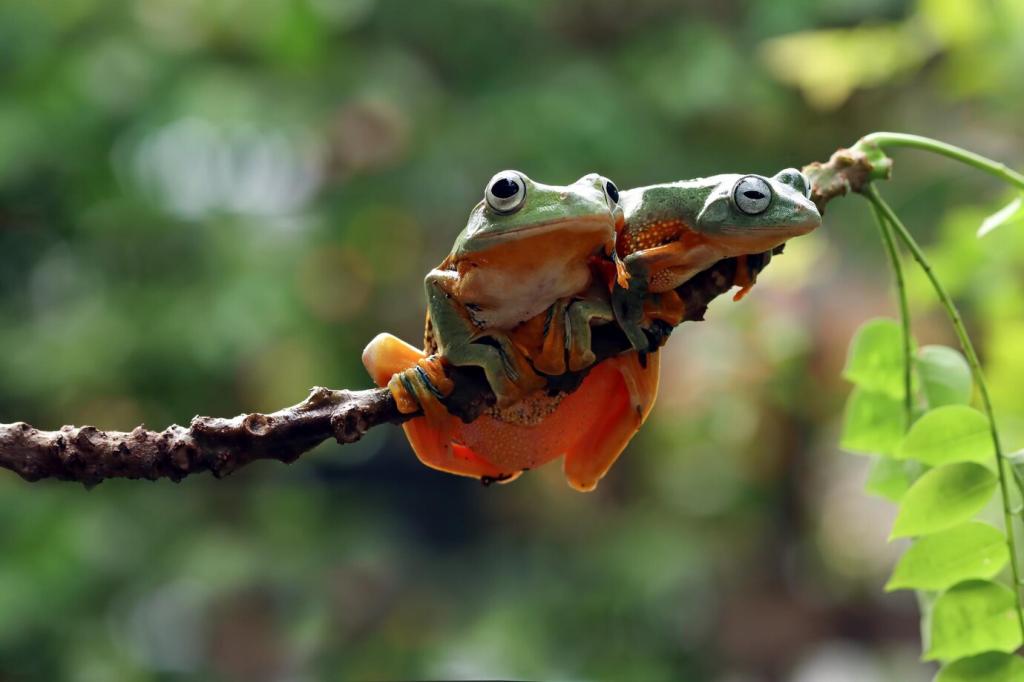Living with Wildlife: People as Partners
Clean camp, locked lockers, tidy car—simple habits that keep bears curious but distant. Each secured snack is an invisible shield, protecting animals from dangerous food conditioning and ensuring human stories end without emergency sirens.
Living with Wildlife: People as Partners
A respectful fifty, or even one hundred yards for larger wildlife, turns binoculars into time machines, letting you witness authentic behavior. Share your photos with context, not proximity, and inspire others to choose patience over pressure.

